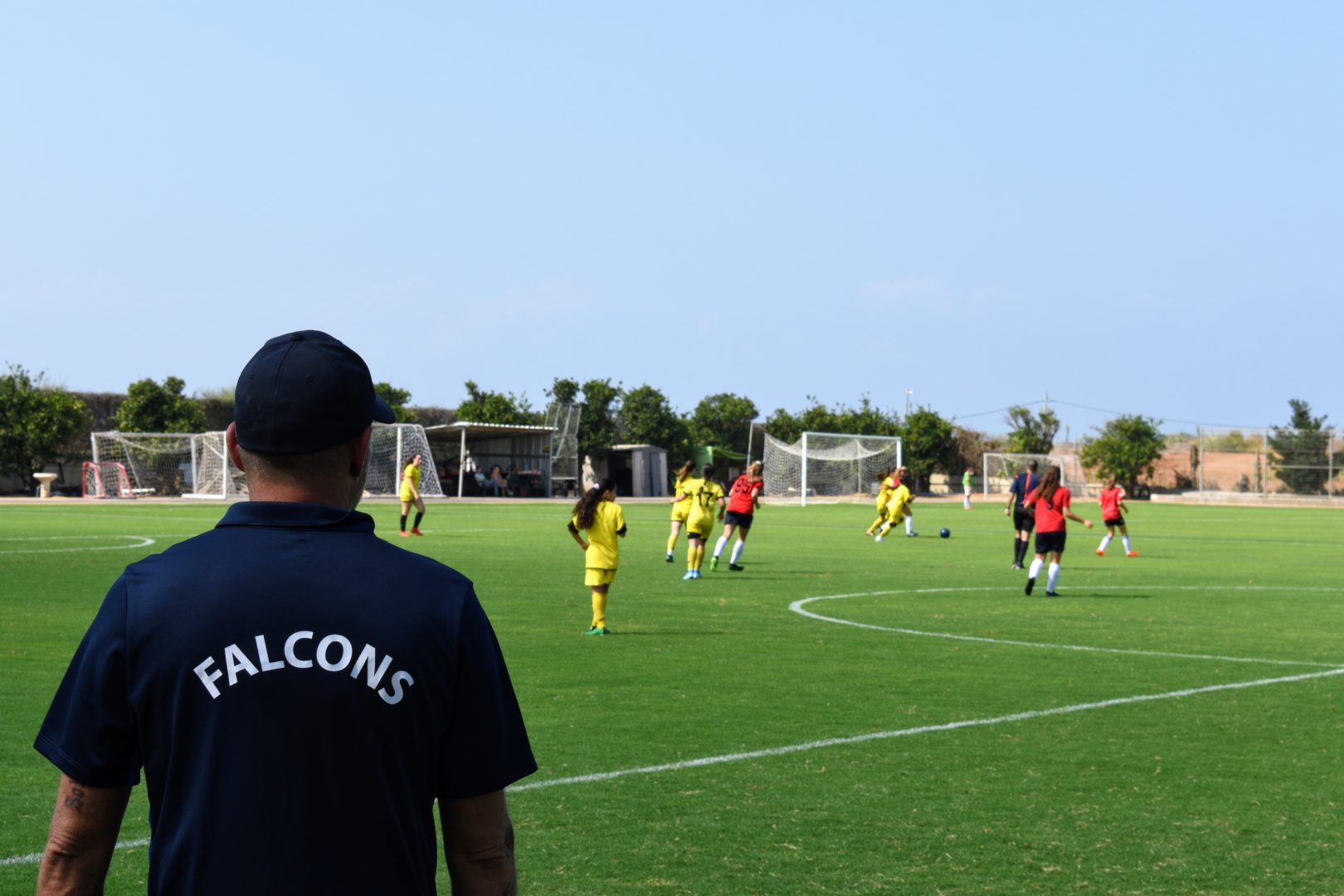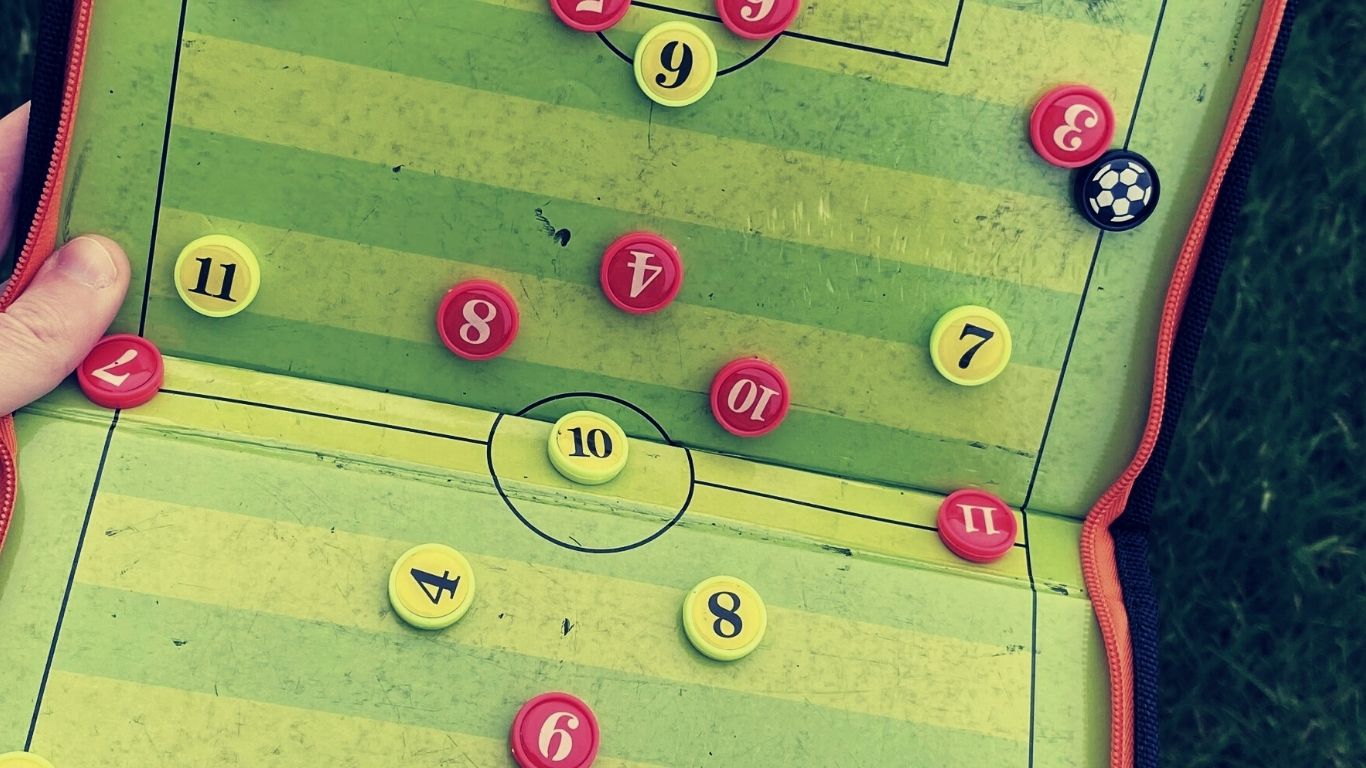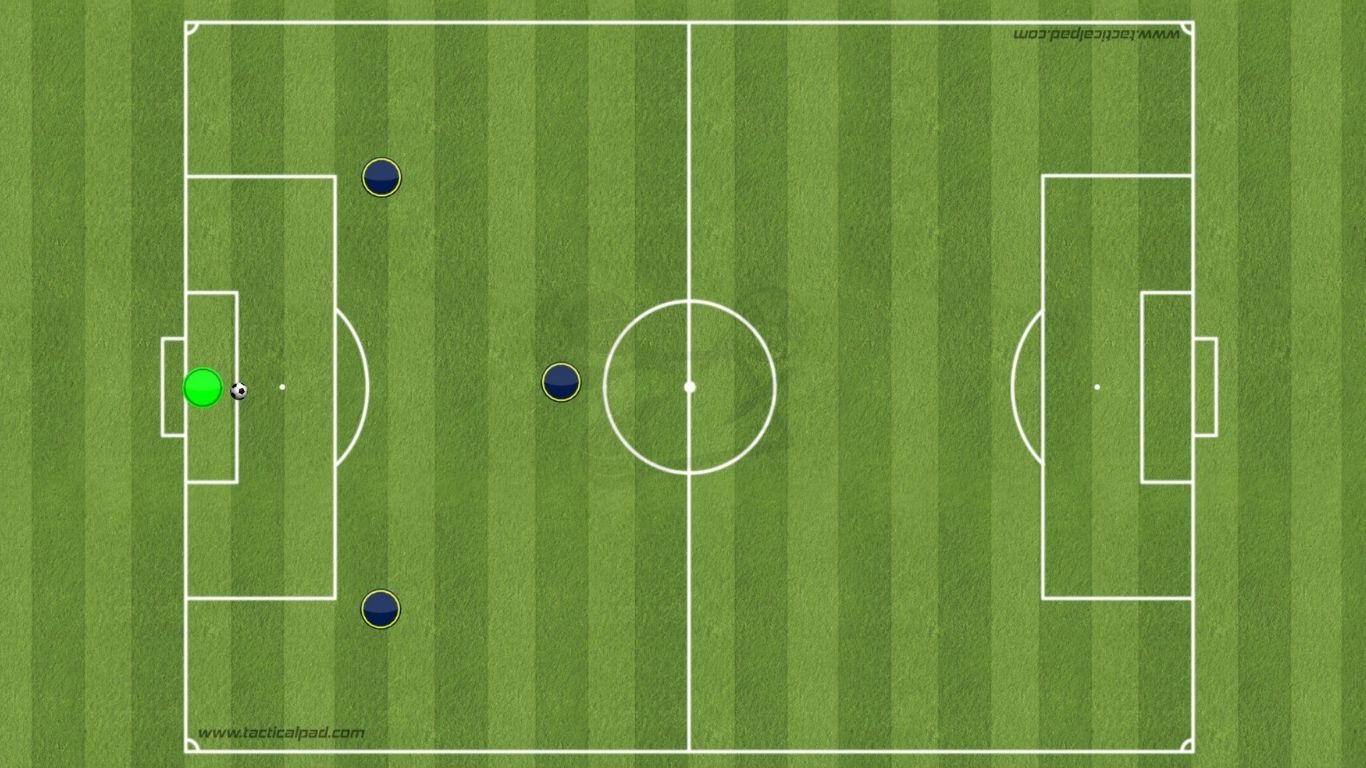New year, new you. At least that's what resolutions suggest...
The reality is new year, evolved you. This is especially true when it comes to coaching.
Think back to first session you ran and compare that to now. I'm willing to say there's a huge difference. I know there is in my own experience.
We should be striving to take what we already know and add to it. If you're reading this, then I believe that is exactly what you are doing.
The following ideas are some which work well with every foundation phase team. Use them, tweak them, adapt them.
Get To Know The People You Are Coaching

0.0007%. Or 180 out 1.5 million.
That's how many children go onto play professional football (source).
With stats like that, it's no wonder that so many view academies in a negative light.
Despite this, those same people will refer to the kids they coach as "MY players". It may seem innocuous, yet the connotation is that they are nothing more than footballers and worse still, they are owned by someone.
Children are people. They are complex.
When was the last time you asked each player what THEY wanted to achieve throughout the season?
How their day went at school? What their favourite subject is? What they would buy if they had a million pounds?
The more we find out about them and show that we care, the better our relationship with them.
Once we have that...we can coach them in a way that suits their motivations to play the game.
It is widely reported that Sir Alex Ferguson knew the name of every player at Man Utd, first team and academy, as well as the names of their Mom's and Dad's (source). With that kind of care it's clear to see why he is still so revered.
About W
Observe More

"There are times not to coach. The urge is to step in and show them. Sometimes it's better to let them make a mistake. Sometimes they learn more from the mistake than being told what to do." - Dennis Bergkamp
"Run with it, run with it."
"No, not there...there!!!"
"Go, go, go!"
We've likely all been there. It makes sense when our earliest association of watching games was that of being a fan.
Couple that with the game being called FootBALL and it's understandable why we focus purely on that.
The issue for us that fall into that trap, is that the game is more than what is happening with the player on the ball.
Alan Gillett, my B License tutor, stated that Football is like a game of chess. For any of you who play chess, you know that your eyes need to be everywhere. If you only focus on one piece...checkmate!
In foundation phase coaching, observation over command gives children the chance to problem-solve. While they may not see the right move initially, with 2-3 attempts of seeing the same situation, they figure it out.
Sometimes in a way that you had not even thought of.
Let's look back at this goal from Dennis Bergkamp.
That wasn't a coached moment. It was a player coming up with a solution to a situation.
We have 2 eyes, 2 ears, 1 mouth. Surely that means we should use the first 2 twice as much as the last one?!
Set Individual Challenges for Your Players

"Development is a personal process even when conducted in a team environment" - Johan Cruyff
Players learn at different speeds. This is especially true of those in the foundation phase. Physical differences that come about as a result of a difference of nearly a year in age will impact how children perform.
It should also be remembered that we all have different lifetime experiences that shape our behaviours. Children are no different.
As coaches, we may see challenging for a ball as a simple thing to do. A child's experience may tell them that they will get hurt, or hurt someone else.
As a result, we have to view them as individuals, despite the team environment that Football brings.
Between 2011-2015, Ajax adopted and individual approach to coaching players through the "Cryuff Plan." Of course, their staff have the benefit of working full-time in the game. Coming up with individual development plans is how they pay their bills.
For grassroots volunteers, this is not the case.
Despite this, we can implement individual targets for the players that we coach in games.
Have a child who is afraid to tackle? Ask them to make 3 in a game.
Want to encourage a couple of players to use their 1v1 skills? Put them in competition and see who can get the most.
As players achieve these targets, increase the difficulty each week and be sure to keep them SMART.
Allow the Kids to Lead
Ever asked the question "how do I get them to communicate more?"
In order to do that, we must give them opportunities to talk, give opinions and lead, off the pitch as well as on it.
Nothing does that like giving the kids ownership to select the starting lineup...and yes, it is frightening.
Giving up control isn't easy. However, you reap what you sow and the long-term benefits of this far outweigh any concerns you may have.
I first attempted this at a Futsal event. The team were U8's and given a white board to write down who started and who was subbing on for who.
Conditions were of course in place...I'm sure most of us have experienced the "2 captains and pick your teams" style that leaves the same people getting picked last time and time again. The conditions were
- A choice of 2 formations to use
- Rotation of positions
- Equal playing time
- Group discussion when deciding
The girls acted in a very mature manner when doing this, to the extent that I continued to do this for the remainder of the season.
Their understanding of positioning improved.
They took ownership on leading each other as it was their choice.
Their friendship developed due to the fair play nature of it.
Now, at U10, they organise themselves positionally, encourage each other, have a clear view of what makes a good captain and give detailed feedback pre-game and at half-time.
Plan with the End in Mind

When I first started session planning, I worked in a logical order - warm up, activity, game.
This made sense to me.
The issue was that there wasn't a real flow. The building blocks to get to the game were not properly in place.
As a result, the kids were not getting the full learning benefits that they deserved.
Nowadays, I know better. Every plan starts with the game first, working back to the warm up/arrival activity.
Take the diagrams below as an example. The U10 group I coach are currently in the Build Up phase of the season plan, with a focus on building out of the defensive third.



The first diagram is the way we set up in games.
With 12 players registered, I know that I want 2 teams of 6 at practice. The striker is the least important player in this topic so we eliminate them (diagram 2).
In order to get the ball out of the defensive third, the GK, Backs and Centre Mid are vital. Additionally they need some defensive pressure, so they will be the key players to develop in this topic first (diagram 3)
Beginning with the end in mind and working back, allowed me to come up with the following
With a number of progressions in place, the practice has been developed over the course of a few weeks.
In the games during this period, the girls have seen these pictures in the defensive third and come up with the solutions to them.
If we want the kids to perform in a particular way on game days, let's make that vision the first part of our planning.
